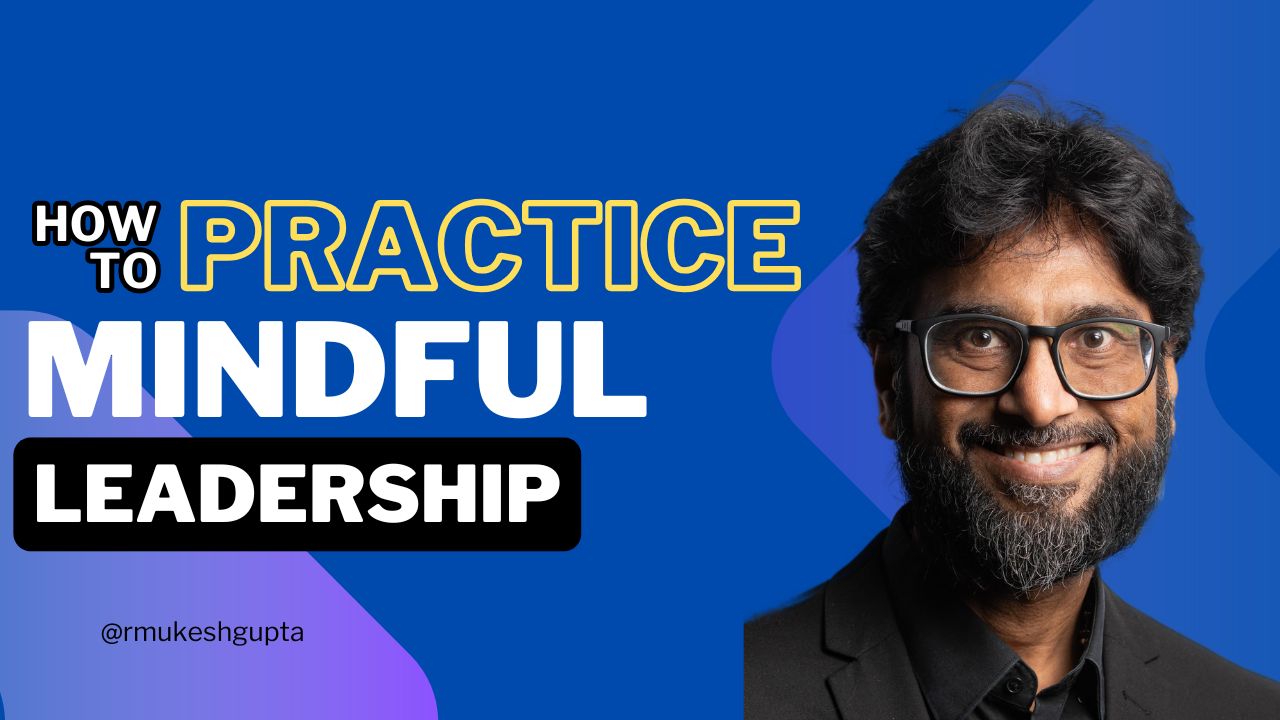
Premise:
We are living in a world where every organisation is undergoing some form of transition or transformation – forced or otherwise. Another thing we know is that most change efforts fail.
Given this background, what can we as leaders do to tilt the probability of success on our side? Here are some suggestions that are offered in the book “Terms of Engagement“.
Flow of Information:
In any transformation effort, the flow of relevant information between people plays an important role. We, as leaders, need to ensure that we are able to share relevant information with all the relevant stakeholders. It is also important to seek information from the different stakeholders.
This is where most of us go wrong. While we work tirelessly to share information, we are not as diligent in seeking information from the stakeholders on the impact that the transformation effort is having on the ground reality. Is there something that needs adjustment ? Is there something that is not resulting in what is expected? Are there any surprises? Are there any outliers? Are there any new opportunities? Are there any unexpected successes that we are seeing?
Any and all information needs to flow smoothly from the frontlines to the leaders. Smooth flow of information is as critical to a transformation effort as oxygen is to our human body.
Engagement:
We need to engage people who will or could be directly and indirectly impacted by the transformation effort.
Here are some people who are impacted by a transformation efforts:
People responsible for results:
Engage people who are responsible for delivering the outcomes that the transformation effort promised to deliver. Ask them if they need any help. Ask them how things are proceeding. Do it consistently and follow up on what comes up.
People responsible for implementing change:
Engage people who are in the frontline who are responsible for implementing the changes that the transformation efforts requires be done. Ask them who is helping them in the implementation efforts. Ask them who is opposing the implementation. Ask them how can you help them. Ask them what could make their job easier. Ask them where and what could you do better. And do this consistently.
People who are enthusiastic about the change:
Once we know who is really supporting the change efforts, it is time to engage them and find out what inspires them. What is it about the change that they are supporting? How will this change help them? Will it make their lives easier, simpler, give them more status? Does this change remove roadblocks to them? IF yes, what? Enroll them. Explore if you can showcase their support to enroll support from others in similar function or leadership level..
People who {are likely to} oppose the change:
Once we know who is or is most likely to oppose the change efforts, it is important to engage them. Talk to them to find out what about the change effort are they opposed to. Will the change reduce their status, create more work, reduce their income, create more roadblocks. Figure out what you can do about the information you find out. Go back and check in with them if what you think can be done will be helpful.
One of the things that I have experienced is that people who once opposed a change effort and have been won over are the best ambassadors for the change effort to be showcased. In my experience, they also become the most vocal supporters of the change effort.
In Conclusion:
Transformation projects are hard to execute on. There are so many moving parts and historically the chances of failure is much higher than the chance of succeeding at this. So, it is important that as leaders, we do what leaders are supposed to do – lead. And a big part of leading is to engage with those we lead.
So, in the hustle and bustle of being busy, running a transformation effort, let us not forget that we are still working with people who want to be heard, who want to be seen and who want their opinion, wisdom and thinking respected. So, by giving them the opportunities to share their thinking, wisdom and opinions and addressing them based on their merits, we will make the transformation more palatable for them and at the same time increase the chance of succeeding in completing the transformation and achieving the results that we expected when we started off {maybe even better than what we had planned for}.


